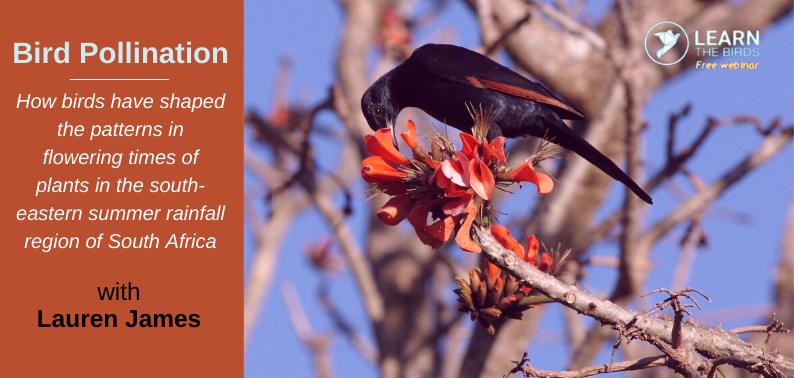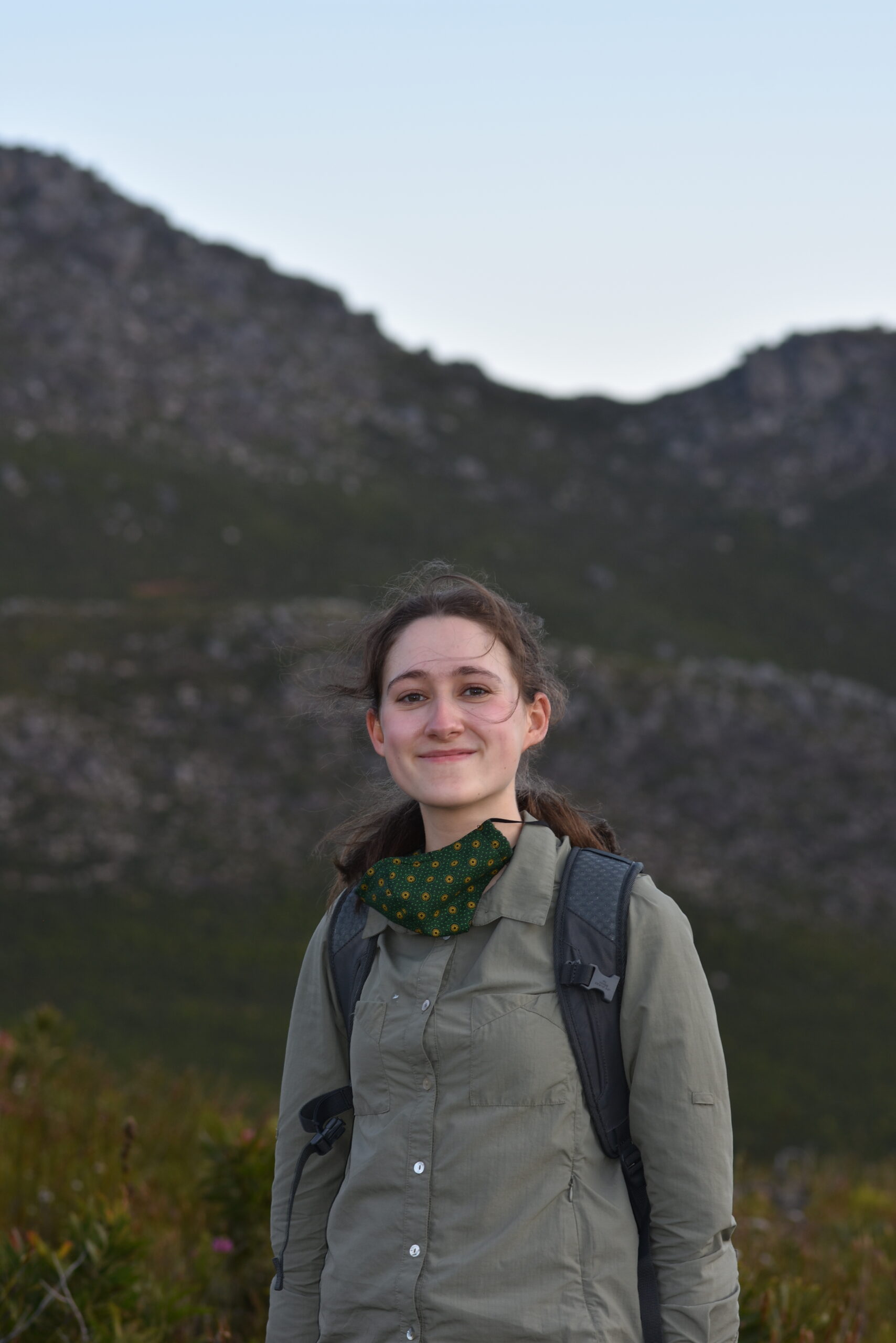
Bird-pollination: How birds have shaped the patterns in flowering times of plants in the south-eastern summer rainfall region of South Africa
When we think of pollination, insects are often the first thing that come to mind. However, birds play a significant role in the pollination of many plant species and these plants have their own characteristic suite of floral traits adapted for this interaction. Flowers that are bird-pollinated tend to be bright colours, lack scent, have a robust structure and a large volume of nectar. There is growing evidence that the traits of these plants are more specific than just being bird-adapted and that floral traits differ between the species pollinated by specialist nectivorous birds (such as sunbirds and sugarbirds) and more generalist birds (weavers, orioles, starlings etc.). The timing of flowering during the year (known as flowering phenology) is a trait that is known to be important in insect-pollination systems. Might this also be important in bird-pollination systems? How does this differ depending on if the pollinators are specialist or generalist birds? In this talk, I will present my research on the flowering phenology of bird-pollinated plant species in the south-eastern summer rainfall region of South Africa. My findings show that plants pollinated by generalist birds have a different pattern of following times to those pollinated by specialist nectivorous birds, suggesting that the specific requirements of different birds may have impacted the time when plants flower.
Additional Details
Webinar link - https://us02web.zoom.us/j/84680712240?pwd=N0ZlQ0czOVlFU2NjVkE3Tk0rK0pnUT09
Meeting ID - 846 8071 2240
Passcode - 5JufUZ
Event platform - zoom
